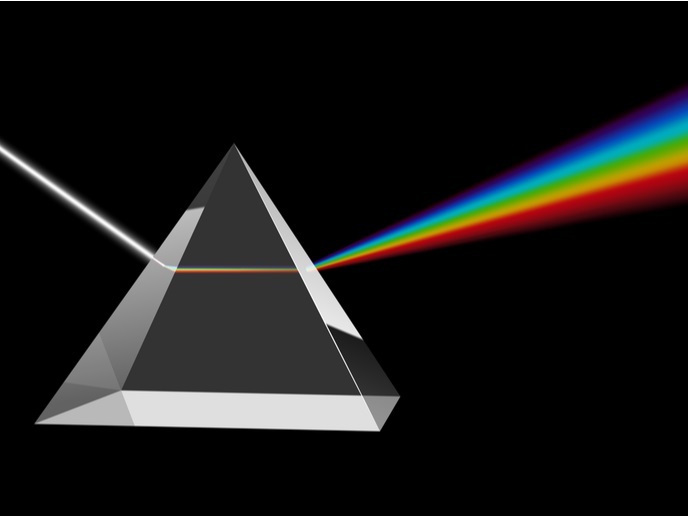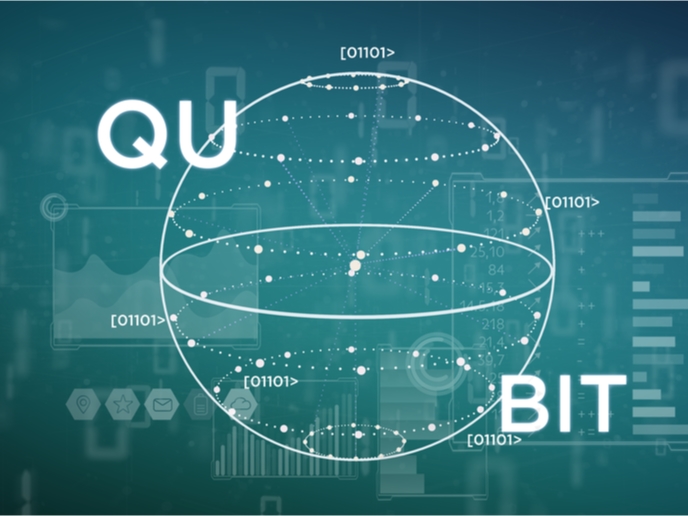Mathematics shed new light on the topological phases of matter
The world as we experience it every day could easily deceive us into thinking that matter has only three possible phases: solid, liquid and gas. But the truth is, there is more to it than meets the eye. As most recently demonstrated by research on the topological phases of matter that was awarded the 2016 Nobel Prize in Physics, there is a dizzying number of exotic phases of matter patiently waiting to be studied. For researchers encountering a new state of matter, the first question that usually comes to mind is whether they can be listed and grouped based on their properties. “Put differently, it is interesting and helpful to be able to classify different topological phases. It helps distinguish between unknown systems, and it gives us a better idea of what can be done with these systems,” explains Dr Pieter Naaijkens, the mathematical physicist who coordinated the project at RWTH Aachen University and the University of California, Davis. This is interesting for mathematicians wanting to highlight the mathematical foundation of topological order, but also for concrete applications such as quantum computing. New topological phases are hoped to be one of the keys to making scalable quantum computers a reality, protecting them from errors due to unwanted interactions with the environment. Topological properties can be used for inherently stable memory to store a quantum state for an extended period of time, or for computations through the use of anyons – an excitation of the system that behaves like a (quasi-) particle. To get there, researchers need a better mathematical understanding of which systems can in principle lead to anyonic reactions. What are the properties of anyons? Do their inherent stability meet expectations based on their topological nature? “One of our main results shows this is indeed true for certain models: if we perturb the system gently, the properties of the anyons do not change,” says Dr Naaijkens. On a more fundamental level, the OATP project aimed to list the different types of possible topological phases and their anyonic excitations, as well as identify which ones are most suitable for use in quantum computing. “We provide a precise mathematical framework to study topological phases, allowing derivation of anyionic properties in a systematic manner from the underlying quantum system. This makes it amenable to applying a wide range of powerful mathematical techniques, which are not always available when using more heuristic arguments,” Dr Naaijkens explains. According to Dr Naaijkens, the project’s most important outcome is the first-ever such rigorous mathematical proof of the stability of the properties of anyons in abelian quantum double models. Concretely, the team could demonstrate that, in these models, possible anyonic excitations and their properties do not change when perturbing the dynamics of the underlying system, so long as the perturbation is not too big. “Even though our proof only holds for a limited class of models, it clearly shows a path towards generalisation to a broader class of models,” says Dr Naaijkens. With the project now completed, Dr Naaijkens hopes its results will open new ways to study topological phases, particularly from the mathematical point of view. “In my view, this is essential to gain a deeper understanding of the underlying mechanisms that are responsible for the topological properties of such systems,” he concludes.
Keywords
OATP, mathematics, quantum computing, topological order, anyons







